Browsing the "Cretaceous" Category
The Cretaceous period is a division of earth’s history spanning from around 145 to 66 million years ago, and during which enormous deposits of Chalk were formed across Europe. The Cretaceous was a warm period with temperatures on average 4°C above present. Sea levels gradually rose through the Cretaceous; attaining a maximum of around 200 meters above the present level, and resulting in the formation of shallow seas as large areas of the continents became flooded. During the Cretaceous the supercontinents of Laurasia and Gondwana continued to break up; opening the Indian and Atlantic Oceans. In the oceans, teleosts, a major group of bony fish, began to flourish along with modern sharks and rays. Diatoms, a group of planktonic algae, also began to diversify. On land the first true mammals and birds evolved while dinosaurs remained dominant. A major floral revolution took place during the Cretaceous with the emergence and gradual diversification of flowering plants. The end of the Cretaceous is marked by one of the most catastrophic extinctions in earth’s history. Dinosaurs, pterosaurs, ammonites, belemnites, rudist bivalves and many groups of marine reptiles were among those wiped out. An Iridium rich layer found globally at the Cretaceous/Paleogene boundary, along with a vast impact crater in Mexico, lead many to believe that a meteor was responsible for the end Cretaceous extinction. However, massive volcanism in India, contemporaneous with the extinction, may also have been a contributing factor.
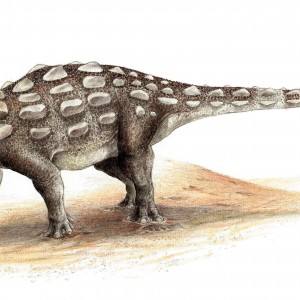
Published on September 8th, 2015 | by Liz Martin-Silverstone
Ankylosaurs are the large, tank-like, armoured dinosaurs that often had a large boney club at the end of their tail. The club is formed of osteoderms, dermal bone that has fused together at the end of the [&hellip... Read More →
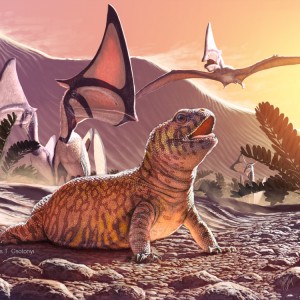
Published on August 26th, 2015 | by Liz Martin-Silverstone
A new iguanian fossil described in Nature Communications from the Late Cretaceous of Brazil is changing traditional views on early lizard evolution in the southern hemisphere. Lizards are split into two groups: acrodontan lizards (found in [&hellip... Read More →
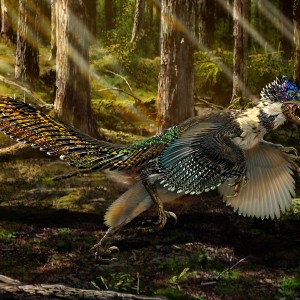
Published on July 16th, 2015 | by Liz Martin-Silverstone
Another new feathered dinosaur has been described today from the Early Cretaceous of China. Zhenyuanlong joins the ever expanding list of feathered theropods from this region, and has implications for the evolution of wings in dinosaurs. We [&hellip... Read More →
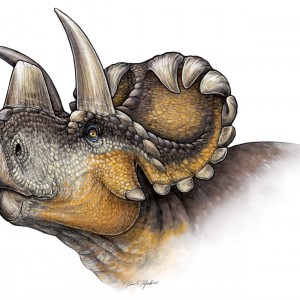
Published on July 8th, 2015 | by Liz Martin-Silverstone
Today, a new ceratopsian was named, Wendiceratops pinhornensis. While known to the public for sometime, it has now been officially named and described. It is an important find illuminating ceratopsian and centrosaurine evolution in North America. We spoke [&hellip... Read More →

Published on April 1st, 2015 | by Liz Martin-Silverstone
Palaeontology is more than just going out into the field, digging up bones, and putting them back together. A good understanding of biology, geology, and even engineering can help to figure out how extinct animals lived [&hellip... Read More →
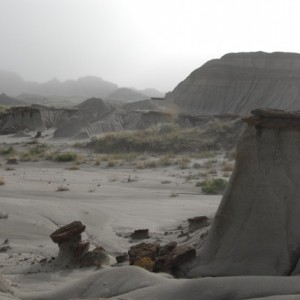
Published on January 1st, 2015 | by David Marshall
Alberta, Canada is one of the world’s richest areas for dinosaur fossils, and especially fossils from the Late Cretaceous. Iconic dinosaurs like T. rex, Triceratops, and Parasaurolophus, as well as numerous other dinosaurs and fossils can [&hellip... Read More →
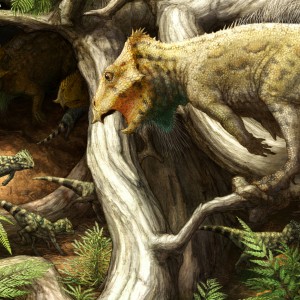
Published on December 10th, 2014 | by David Marshall
Ceratopsians are some of the most iconic dinosaurs that we recognise today including animals like Triceratops and Styracosaurus, with their big horns and frills. But is that what all ‘horned dinosaurs’ looked like? In fact, early [&hellip... Read More →
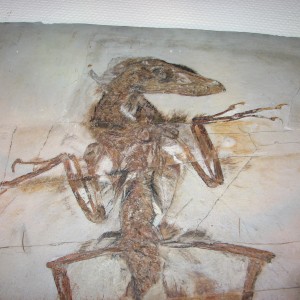
Published on December 1st, 2014 | by David Marshall
Theropods are what we would classically recognise as the meat-eating dinosaurs of the Mesozoic Era. They are best known from genera such as Tyrannosaurus and Velociraptor but the group is much more diverse and includies herbivores, beaked [&hellip... Read More →
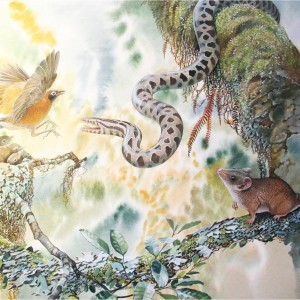
Published on January 1st, 2014 | by Laura Soul
Marsupials are a group of mammals best known from Australia, but are also present in South America and up to the southern and eastern parts of the USA. Despite their current geographical distribution, metatherians (the group [&hellip... Read More →
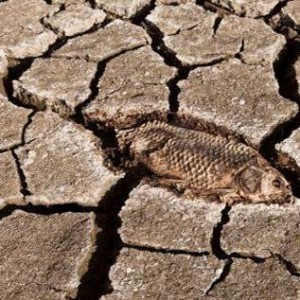
Published on December 1st, 2013 | by David Marshall
What are Mass extinctions, how are they quantified, what are the driving forces behind them, how bad were the ones in the past and will we have more in the future? To answer these questions we [&hellip... Read More →























